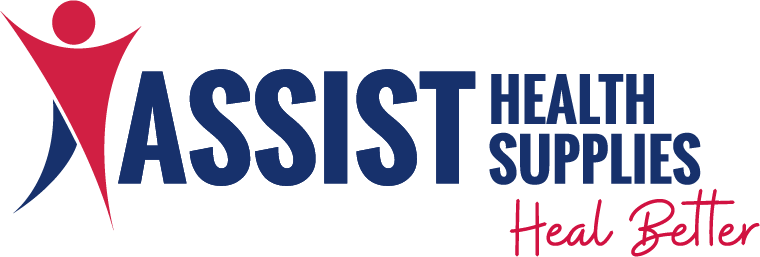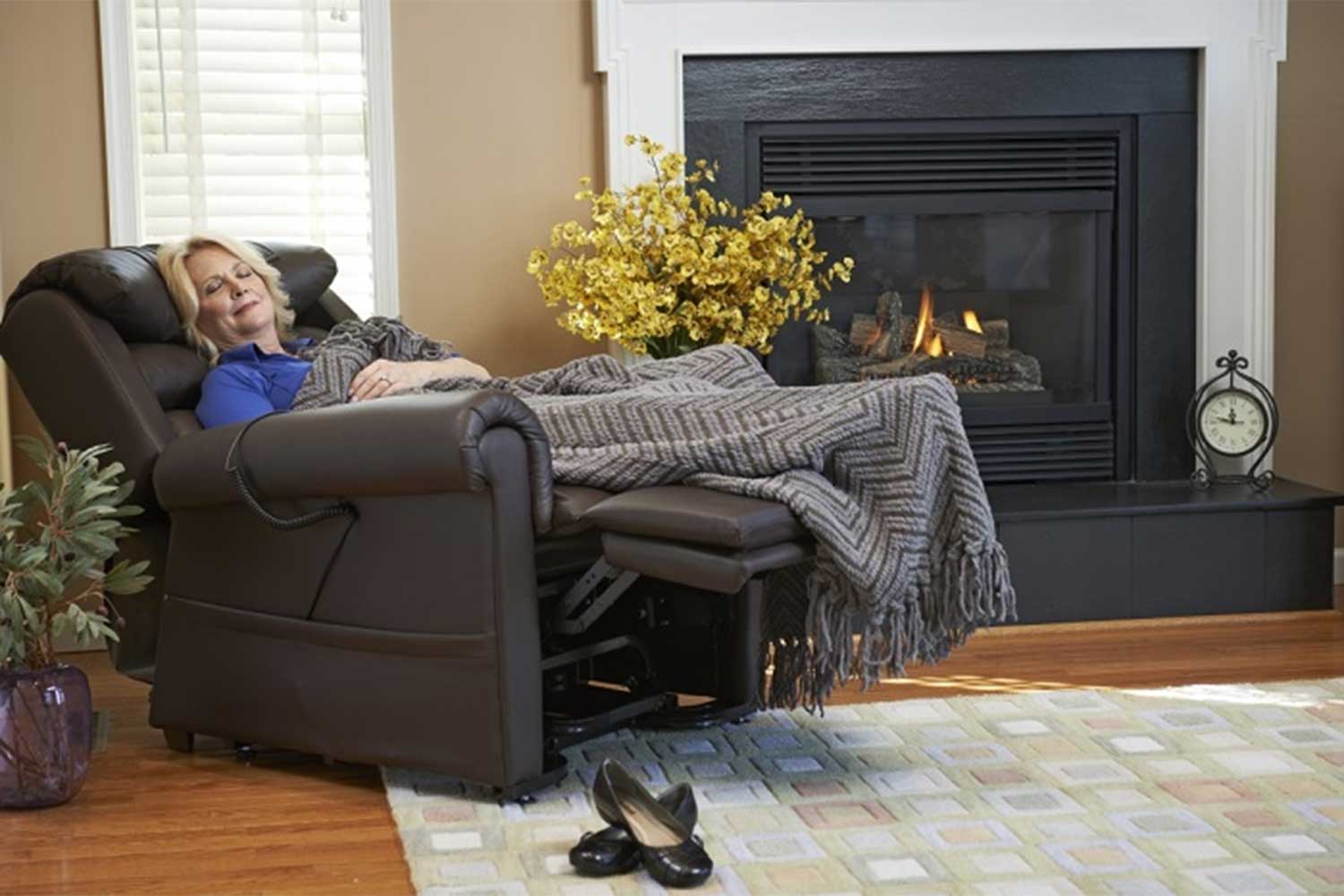Recovering from surgery is a crucial phase that requires proper care, support, and essential tools…

Hip Surgery – What to Expect and Equipment You Will Need
Hip surgery is a significant medical procedure that requires careful planning and preparation. Whether the surgery is needed due to injury, arthritis, or another condition, understanding the recovery process and having the necessary equipment in place can make rehabilitation smoother and safer.
Patients recovering from hip surgery will need assistance with mobility, daily activities, and pain management. Using appropriate medical equipment can help reduce strain on the hip and lower the risk of complications. Being informed about the recovery timeline and what to expect can also help patients regain independence more efficiently.
What to Expect After Hip Surgery
Hospital Stay and Early Recovery
Following surgery, patients typically remain in the hospital for a short period while their condition is monitored. Most will begin physical therapy soon after the procedure to encourage movement and prevent stiffness. Walking aids such as a walker or crutches will be required to help with mobility.
Pain management is an essential part of early recovery. Medications may be prescribed to reduce discomfort, and cold therapy can help control swelling. Stitches, staples, or adhesive strips will be used to close the incision, and instructions will be provided for wound care at home.
Returning Home and Adjusting to Daily Life
Once discharged, patients must take precautions to ensure a safe recovery. Most will need assistance from family members or caregivers during the first few weeks. Tasks such as getting in and out of bed, using the bathroom, and dressing may require modifications to prevent unnecessary bending or twisting of the hip joint.
It is important to follow all post-surgery guidelines, including prescribed exercises and movement restrictions. Walking short distances throughout the day is encouraged to improve circulation and prevent stiffness, but excessive strain should be avoided.
Physical Therapy and Progress Over Time
Rehabilitation plays a major role in regaining strength and mobility. Physiotherapy sessions help improve flexibility, balance, and muscle function around the hip joint. Patients will initially rely on walking aids, but as strength improves, they will gradually transition to using a cane before walking independently.
Following the recommended exercise routine is essential for a successful recovery. Progress will vary from person to person, but staying consistent with therapy exercises will help restore movement and reduce the risk of complications.
Hip Replacement Recovery Time
Each patient’s recovery timeline will differ based on factors such as overall health, age, and adherence to rehabilitation exercises. However, there are general stages that most patients experience during their recovery.
First Few Weeks
During the first six weeks, mobility is limited, and walking aids such as crutches or a walker are necessary. Pain and swelling are common, but they gradually decrease with time. Daily exercises focus on improving range of motion and strength. Patients may still require assistance with daily activities.
Three to Six Months Post-Surgery
At this stage, most patients can walk longer distances and may no longer need a cane. Stiffness may still be present, but flexibility continues to improve. Many individuals can resume low-impact activities such as swimming, stationary cycling, and walking on even surfaces.
Six Months to One Year
By this time, most daily tasks can be completed without difficulty. Patients can engage in more physical activities but should continue avoiding high-impact exercises unless approved by their doctor. The hip joint continues to strengthen, and mobility improves significantly.
Essential Equipment for Hip Surgery Recovery
Having the right equipment available before surgery can make the transition home much easier. These items help reduce strain, prevent falls, and provide added support for daily tasks.
Mobility Aids
- Walker or crutches provide stability and balance in the first few weeks.
- A cane is often used as strength improves, serving as a bridge between a walker and walking unassisted.
Bathroom Safety Equipment
- A raised toilet seat reduces strain when sitting or standing.
- Toilet armrests provide additional support for getting up and down.
- A shower chair or bench offers stability while bathing.
- A non-slip bath mat helps prevent falls.
- A long-handled sponge makes washing easier without excessive bending.
Daily Living Aids
- A reacher or grabber assists in picking up items without straining the hip.
- A sock aid and long-handled shoehorn help with dressing.
- A leg lifter allows patients to move their operated leg safely.
- A hip cushion encourages proper posture when sitting.
Compression Stockings and Pain Relief Aids
- Compression stockings help reduce swelling and improve circulation.
- Cold therapy wraps aid in managing pain and inflammation.
Tips for a Safe and Comfortable Recovery
Prepare the Home Before Surgery
- Arrange furniture to create clear walking paths.
- Remove hazards such as rugs and cords to prevent tripping.
- Keep essential items within easy reach to avoid excessive movement.
Follow Recovery Guidelines
- Complete all prescribed exercises to regain strength.
- Use assistive devices as directed to prevent unnecessary stress on the hip.
- Attend follow-up appointments to monitor progress.
Maintain a Healthy Routine
- Eat a balanced diet to support healing.
- Drink plenty of fluids and take medications as prescribed.
- Avoid high-impact activities until cleared by a doctor.
How Assist Health Supplies Can Help
At Assist Health Supplies, we make hip surgery recovery easier with the right medical equipment and support. From mobility aids to bathroom safety products and daily living tools, we provide everything you need for a comfortable and independent recovery. Our knowledgeable staff in Calgary and Medicine Hat are here to help you find the best solutions for your specific needs.
A smooth recovery starts with the right support. We offer high-quality products and expert guidance to ensure you heal safely and comfortably. Visit our stores or contact us for personalized assistance in choosing the best recovery equipment.



